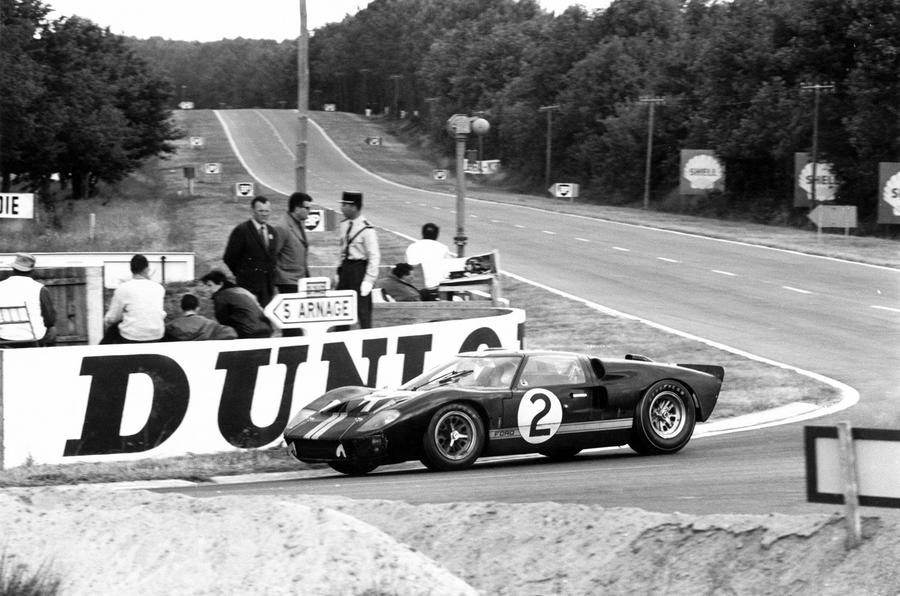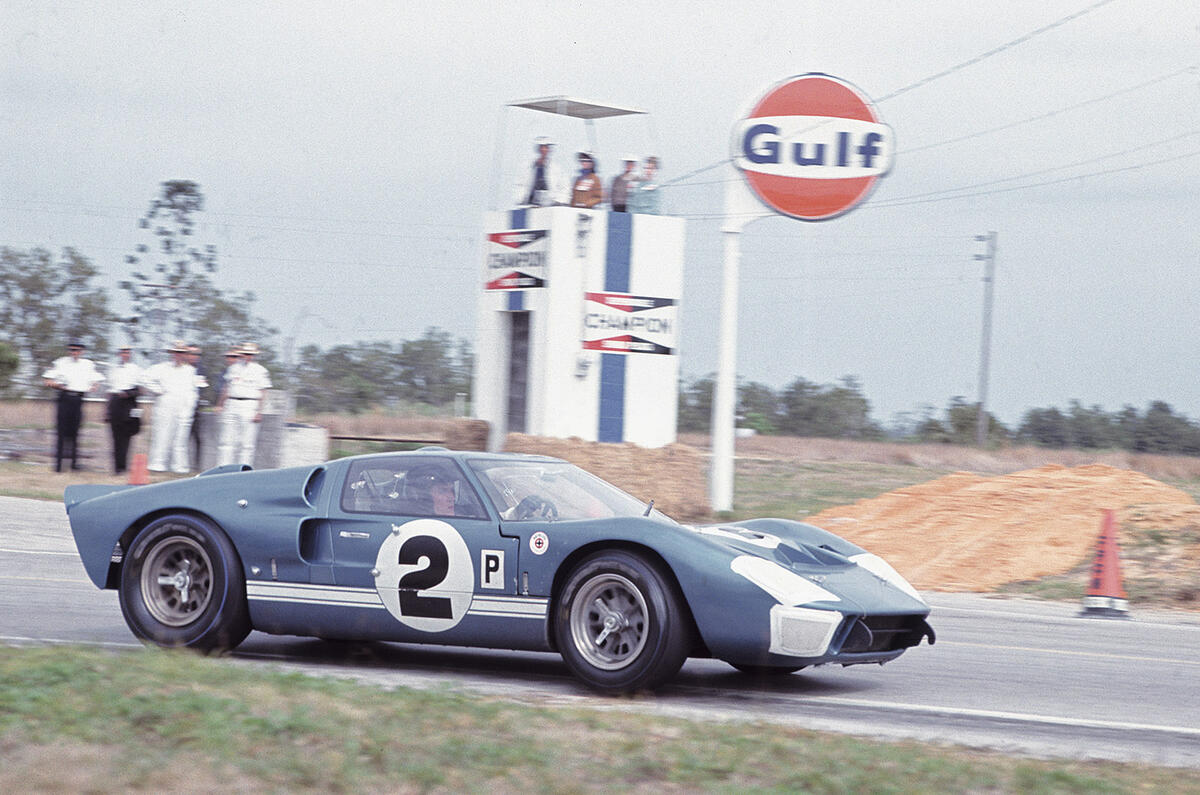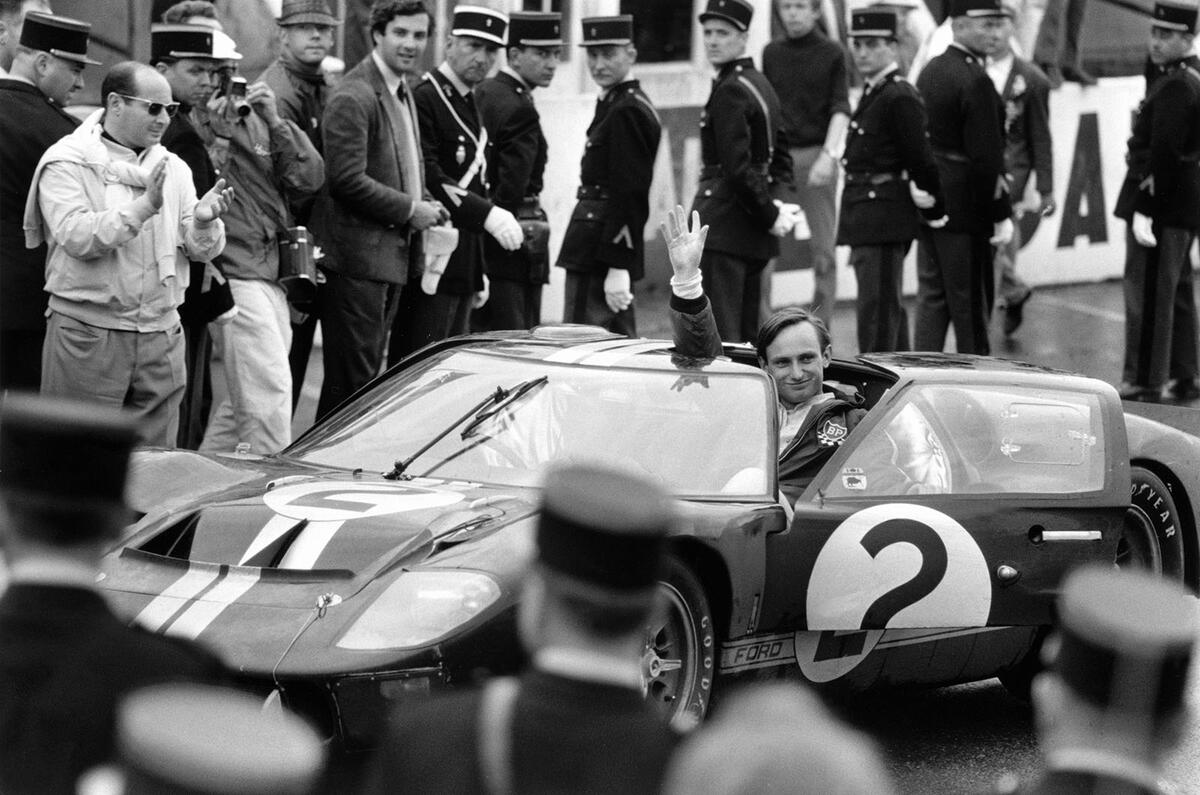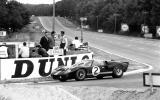Ford has announced that it will develop its GT supercar at to run at Le Mans in 2016.
It's not the first time the company has made waves at the internationally renowned race. Ford first made major headlines at Le Mans in 1966, when it aimed to break Ferrari’s domination of the race. The Italian company had won seven out of the previous eight races, and animosity between the two marques added to the atmosphere at that year’s meeting.
We’ve delved into the Autocar archives to find the report from the 1966 race, with the highlights below:
Race Day
Once again we sit in the new Press stand at Le Mans - a fine new stand this year, directly opposite the pits so that pit stops will become a source of interest instead of conjecture. The cars, which have so many miles ahead of them, are lined up in echelon at their pit counters surrounded by hundreds of people (who, strictly, don’t look quite the type to qualify for the correct passes, but somehow manage to acquire them).
A band has marched down from the direction of the Esses, and has come to rest facing us - and is playing the Star Spangled Banner (while all but the Press stand to attention; printing schedules enjoy immunity.)
The flat Sarthe district stretches away to the horizon under heavily clouded skies, while a strong wind carries a dust cloud up from the famous White House corner. The British National Anthem follows - which enjoys immunity even from press schedules; we rise to attention, while a helicopter flies around, looking like a herring’s skeleton still attached to its head.
For safety reasons the escape road to which Walt Hansgen took at that time of his fatal accident has been blanked off; now there is no escape for a driver losing control as he passes the pits. And a few drops of rain are already beginning to fall. The national anthems continue - representing the eight nationalities of the drivers present. The “Village” behind the pits, with its shops, restaurants, advertising banners by the thousands and multitude of flags, looks less colourful in the grey light.
But the stands are packed, sold out a fortnight ago and the stage is set for the drama that is to last the next 24 hours. Its respects paid, the band marches on down the road to the White House, followed by bearers carrying the eight national flags; some of the Ferraris change to wet-weather Dunlop tyres in preparation for what is clearly to come. The dust flowing up from White House now lies thick on the typewriter, which is in for an abrasive 24 hours.
By 3.15 pm the road is uniformly wet, and the cars are milling about, pushed by their attendant mechanics, taking up starting positions in order of practice times - Fords occupying the six foremost slots, with the controversial 4-litre P3 Ferrari of Parkes and Scarfiotti (late Parkes and Surtees) in seventh place; and the public address seemingly concentrated on the Press stand is blasting forth as it will do for the next 24 hours.

























Join the debate
Add your comment
Don't the cars look better